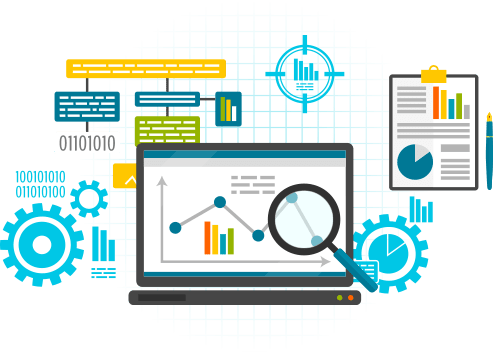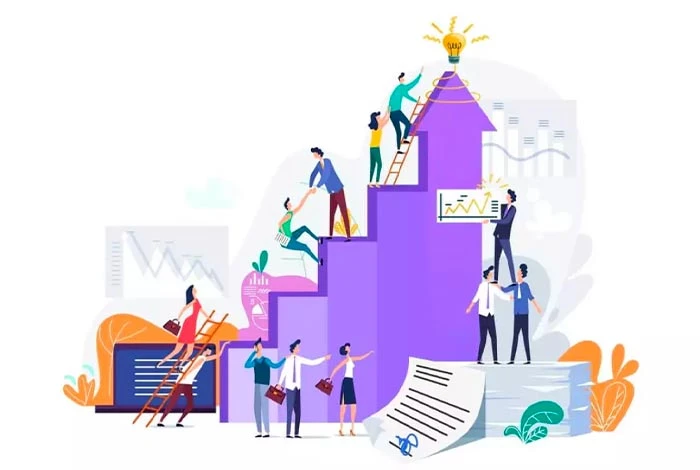Nowadays, technology is advanced and upgraded. For that packaging system has been changed a lot. Due to advanced packaging technologies, modern methods can decrease the amount of waste. The modern techniques focus on the maximum resources and concentrate on waste management. In this way, modern packaging can also save a lot of money. Awareness of the customer is also playing a valuable role in the emergence of the modern packaging system. The modern method of packaging is very much sustainable. These packagings use eco-friendly materials.
Packaging and its relevance:
The packaging is very much essential to protect products that are distributed in the market for sell. There are so many varieties of packaging such as boxes, cans, bottles, bags, envelopes and wrappers as well. Above all, the packaging is one of the main factors for selling. Many companies choose different types of packaging to sell their products through better packaging and designing. We all know that attractive packaging not only grabs the attention of the customers but also ensure the protection of the item and its longevity as well.
So, the modern methods of packaging are very much valuable and it also allows to prevent wastage. The modern packaging system can prevent foods from spoiling and getting damaged before reaching its final destination. So, increased method of packaging can save a lot of money and time as well. It also protects the products and foods.
Some modern and advanced packaging technologies:
Here are some modern packaging systems that can save a lot of money and also eco-friendly. These advanced systems are such as follows:
Refill system:
It is one of the modern forms of packaging. It reduces waste and follows waste management as well. In this system, the manufacturer reuses the packaging materials. So, it allows for less waste production. The wastage is being dumped into the land after production. This particular form of packaging is very much popular and well-known in Germany and other countries. In these countries, beer, milk and detergent are being refilled into the old packaging system. This type of packaging is environment-friendly and cost-effective as well. It offers so many environmental benefits. Nowadays, many companies produce refilled water bottles instead of small water bottles. Many people argue that refilled items are expensive. But if you are looking at the advantages then, you can notice that refillable items are considered as more favoured and beneficial as well.
Flat packaging:
It is another beneficial packaging systems to cut down the wastage. Apart from this, it also reduces the larger and bigger packaging materials. It is also a new concept of packaging. This packaging system is introduced commercially by IKEA. This packaging uses the form or method of packaging that are fabricated in the flat portions. This packaging system can be designed quickly and assembled easily as well. The main advantage of this packaging system is its flatness. This type of packaging is space-efficient and also needs less material. So, it requires less money to produce this particular type of packaging. The storage and shipping charges are comparatively low in this packaging system. For furniture packaging, this package system works better. It is also useful for packaging wares, gadgets, toys and all.
Bulk packaging:
This particular packaging system is also one of the best packaging systems to reduce waste. In this packaging system, the manufacturers do not use small, fancy and also unnecessary items and materials. Apart from this, the bulk package system offers and allows materials to be used on other occasions. Therefore, it is one fo the reasonable methods of packaging.
In the bulk packaging, there are two different packaging methods such as flexible and rigid packaging. Flexible packaging can offer so many flexibilities and benefits than rigid packaging.
Active packaging:
This type of packaging can enhance the lifetime of the product. It also protects the products from damage. The active packaging helps to keep the food intact and extending the shelf-life of the product. The active packaging systems are such as follows:
- Oxygen scavenger
- Carbon dioxide scavenger
- Ethylene scavenger
- Preservative releasers
- Moisture absorbers
- Odour absorbers
Intelligent packaging:
Intelligent packaging is for protecting the food items. It also controls the quality of packed foods. This type of packaging follows these things:
- Time and temperature indicator
- Indicator of freshness
- Pathogen indicators
These all are different advanced packaging technologies. Apart from this, modern packaging offers a simplified design. The biggest shift is to transform into simplified and minimal design. In the simplified designs, the packaging needs bold colours and clean labelling as well. The using of bold colours are very much popular and common in children’s items. Using the same colour pallets also help to identify different products of the same brand. It also helps to make the brand attractive and noticeable.
Cleaners labelling is one of the necessary and convenient matters of advanced packaging. It makes consumers more aware of what they are buying. Clean labelling is used for brand transparency. The user will appreciate this a lot. The clean labelling elaborates on what the product offers.
The modern packaging follows less packaging as the excess packaging can be quite frustrating and it creates a lot of waste. For example, the box of a toothpaste tube has no purpose. It comes to give a better look at the product.
Many companies now switch over recycled paper packaging. It has much less carbon footprint. Many companies and brands use the refill packages instead of bottles and containers. These types of refill packages or pouches contain less plastic than bottles. These pouches also take less space. The packaging is a part of the product and its marketing. For safe storage, proper packaging is important and needed. The reusable packaging system enhances and ensures the safety of the product. Pharmaceutical and food products use smart and advanced packaging method. The smart and advanced packaging system follows the low cost. It is also a smart way to cut down the material cost and manage wastages. These types of advanced packagings … Read the rest






